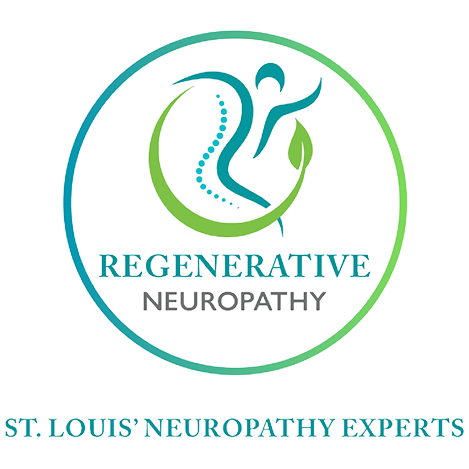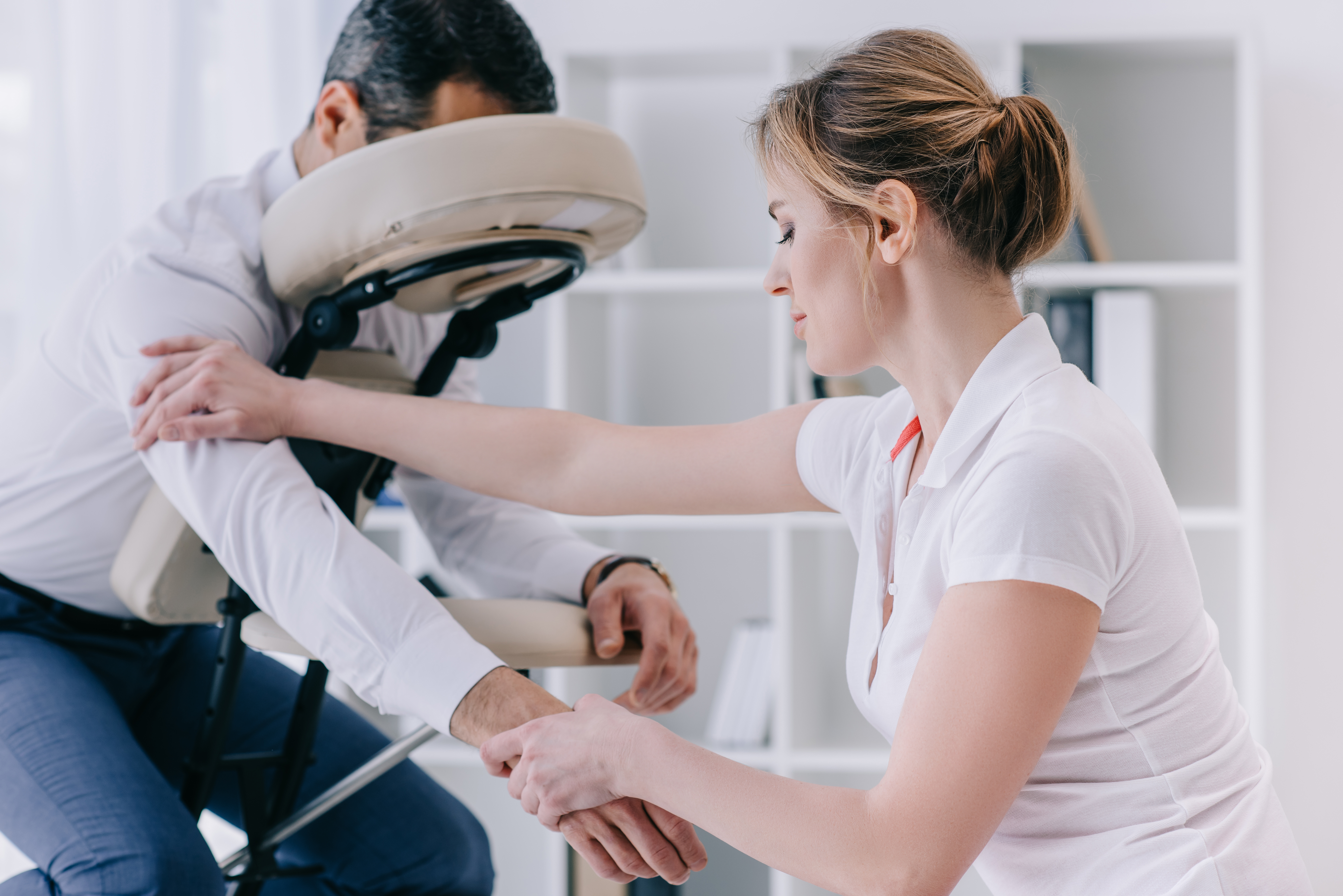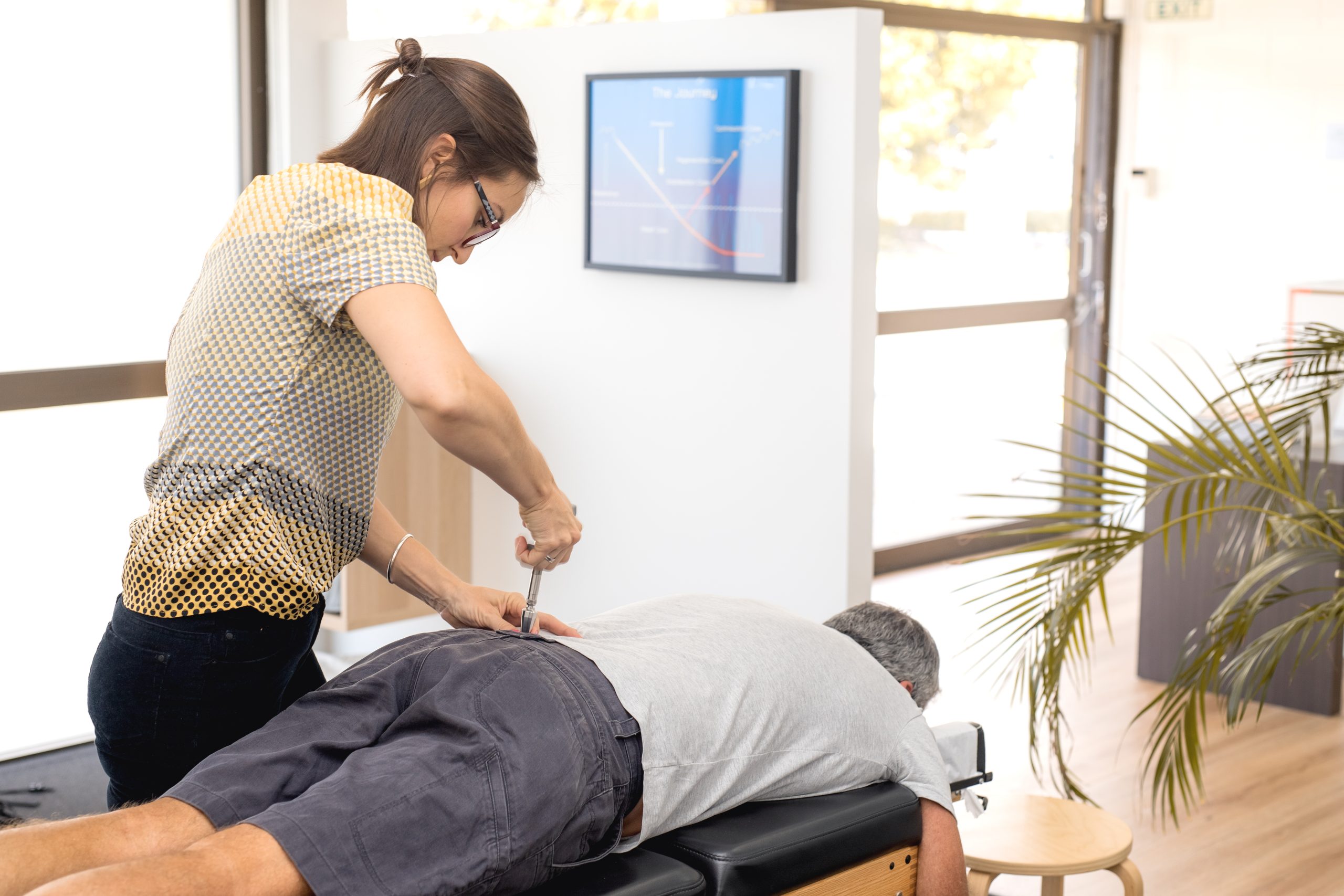Peripheral neuropathy, a condition that results from damage to the peripheral nerves, often leads to pain, tingling, numbness, and muscle weakness in the extremities. While traditional treatments such as medications, physical therapy, and surgery have been standard approaches to managing symptoms, recent advancements in treatment options are providing more targeted relief. Among these are innovative techniques such as neuromuscular re-education with vibration plates and electrical nerve stimulation. These therapies focus on enhancing nerve function, reducing pain, and improving overall quality of life for individuals suffering from peripheral neuropathy.
Neuromuscular Re-education with Vibration Plates
One of the most promising new treatments for peripheral neuropathy is neuromuscular re-education using vibration plates. This method involves the use of specialized plates that emit low-frequency vibrations, targeting the muscles and nerves in the affected areas.
The vibrations stimulate the sensory receptors in the muscles and nerves, helping to improve blood flow and activate underused muscles. This stimulation aids in re-training the nervous system to respond more efficiently, improving coordination, balance, and reducing pain over time. For individuals with peripheral neuropathy, who often experience difficulty with balance and movement, these benefits are particularly valuable.
The therapy is non-invasive and relatively simple to perform. Patients typically stand on the vibration plate while performing gentle exercises or stretches, allowing the vibrations to penetrate deeply into the tissues. Regular sessions can help reduce nerve pain, improve muscle strength, and enhance mobility, leading to a better quality of life.
Electrical Nerve Stimulation
Electrical nerve stimulation, another effective treatment option, involves applying low electrical currents to the nerves using specialized devices. This therapy works by interrupting the pain signals that travel from the nerves to the brain, thereby reducing the perception of pain.
There are several types of electrical nerve stimulation therapies, including transcutaneous electrical nerve stimulation (TENS) and percutaneous electrical nerve stimulation (PENS). These therapies are often used to target specific areas where pain is most intense, providing immediate relief for many patients.
In addition to reducing pain, electrical nerve stimulation has been shown to improve circulation and stimulate nerve regeneration. This can be particularly beneficial for individuals with neuropathy caused by diabetes, where poor blood flow and nerve damage are common. Over time, regular sessions can lead to improved nerve function and reduced symptoms, making it an attractive treatment option for those looking for alternatives to medication.
Laser Therapy
Laser therapy is another cutting-edge treatment that is gaining traction for peripheral neuropathy relief. This non-invasive therapy uses low-level lasers to penetrate the skin and stimulate cellular repair in damaged nerves. Laser therapy works by increasing ATP production (the energy cells use for healing) and reducing inflammation in the affected areas.
Patients who undergo laser therapy often report reduced pain and improved nerve function after a series of treatments. It is considered safe and has minimal side effects, making it a suitable option for patients seeking non-invasive treatment for neuropathy symptoms.
Conclusion
Innovative treatments such as neuromuscular re-education with vibration plates and electrical nerve stimulation are opening up new possibilities for managing peripheral neuropathy. These therapies provide relief from pain, improve nerve function, and enhance mobility, offering patients an alternative to more invasive treatments. As research into these therapies continues, they hold great promise for improving the quality of life for those affected by peripheral neuropathy.




